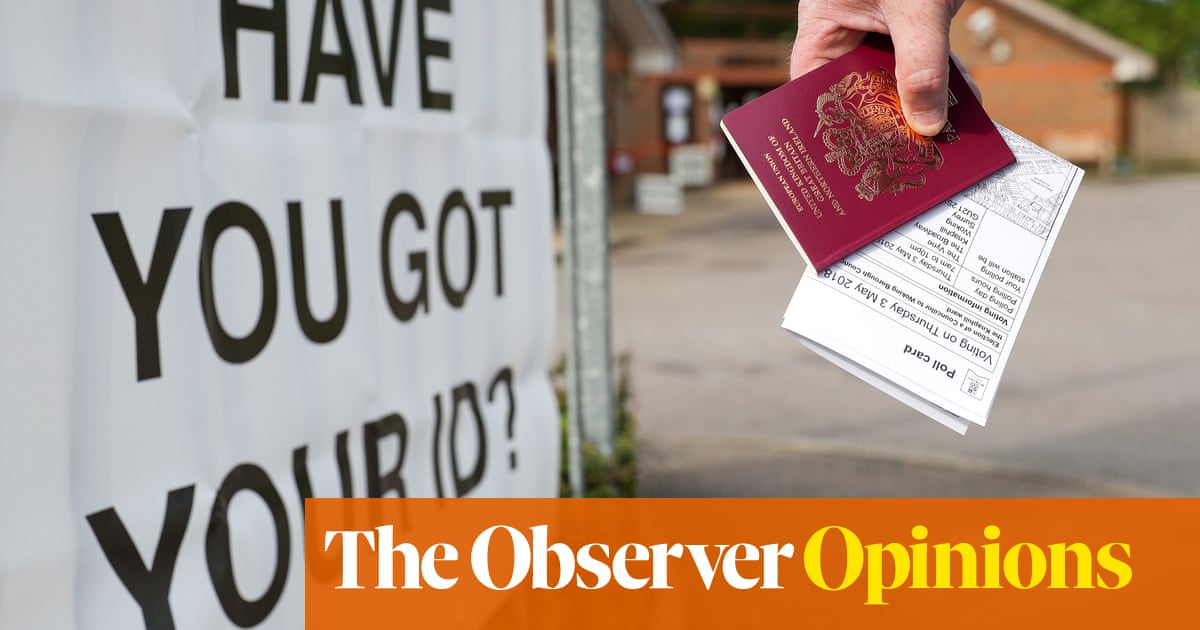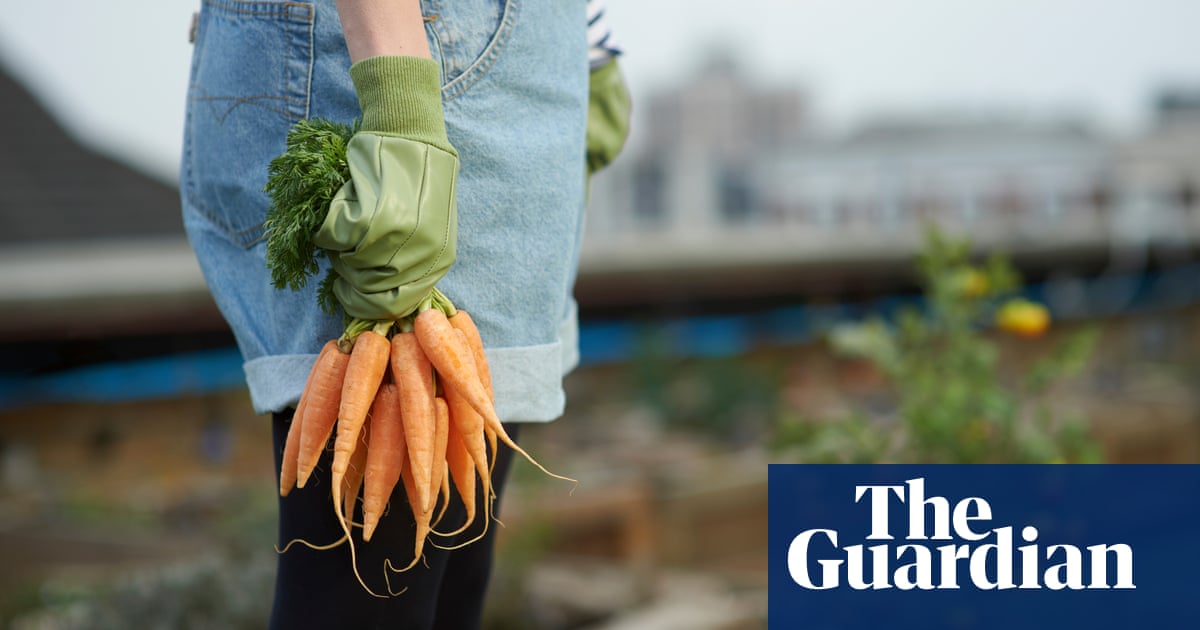
After the crushing 2019 general election defeat, the historic byelection loss in Hartlepool for Labour and the spectacular win for the Liberal Democrats in Chesham and Amersham, the idea of a “progressive alliance” is firmly in the political ether. But what is a progressive alliance, and how can it best work?
We start with the “why” of an alliance. The driving reason is political. The critical alliance is not one of parties or voters, but minds and then actions. The societal challenges we face; of climate, culture, care, technology, ageing and inequality simply can no longer be met by any single party. If we want a red, green and liberal future we need to meld the politics of these essential strands into a coherent and consistent political project, with urgency because the march of national populism wants to strip democracy of its power to deliver the hope of this good society.
However, the big block is an electoral and party system skewed firmly in favour of the right. The voting system now works heavily for the Tories, and the right have created a “regressive alliance” by consolidating Ukip/Brexit party support on to one party, the Tories. Meanwhile, progressive parties compete for the same votes.
Put simply, there is no other way to stop a record fifth straight Conservative election victory, and the slide into a one-party state, than through a progressive alliance. The only question is its construction.
One assumption is that a progressive alliance is simply a deal done by party leaders about who stands where, leaving one progressive candidate with a better chance of winning. This is both unlikely and unhelpful.
Voters can’t be treated as blocs to be pushed around by first world war-like generals. People are smart, have their own minds and will vote how they please. The political art is to create the signals and structures which encourage more progressive outcomes.
To understand this let’s go back to the last moment when progressive party collaboration changed the face of national politics, 1997. Then Labour leader, Tony Blair, and Paddy Ashdown, of the Liberal Democrats, struck up a remarkable relationship which sent the signal that they were on the same side. The two parties didn’t attack each other – just the Tories. This needs to happen now, but with the welcome addition of the Greens.
The structure then came via a top-down deal over who campaigned in which seats. This wasn’t standing aside, but a tactical campaign and resources targeted for maximum impact. It worked so well that Labour won a thumping majority but was then able to ignore the Liberal Democrats and the promise of proportional representation because there was no wider movement for change.
This time, given voter volatility and the richer mix of parties, the structure is already emerging from the bottom up, with agreements and deals negotiated between local parties on the ground. This is where trust and a movement for progressive change is being built, across counties and councils, as activists realise that this is the only way to win and discovering how much they have in common with each other. This is the vital rebel alliance.
Because what happened in Chesham and Amersham was remarkable but only works when a party, this time the Liberal Democrats, can focus all their national resources in one place. The seat could have reverted to the Tories unless there were top-down signals that parties were willing and able to cooperate, and bottom-up structures that campaigned effectively locally. This progressive movement now needs to go nationwide.
Some campaigners want a progressive alliance to be solely about PR, the case being that it’s simple and straightforward. This would be a huge mistake. Some fought the last general election on a single constitutional issue, a second Brexit referendum, and were heavily defeated. You cannot turn a general election into a single-issue referendum of your choice, especially on the seemingly technical grounds of how votes are counted.
But neither is anyone expecting the parties to sign up to a joint manifesto. Instead, what’s needed is a popular narrative, with a few broad signature policies, about what a progressive alliance government will do for the country to make it more equal, sustainable and democratic beyond implementing PR.
So, there is no one size fits all for a progressive alliance. It needs a non-aggression pact at the top and local trust and tactical campaigning at the grassroots. If local parties want to arrange standing aside, and it works in that seat, then great.
Virtually every poll shows that there is a majority of non-Tory voters. We have two years to turn this nascent progressive majority into a voting and campaigning force, not just to win power but to transform society. Done too late or too poorly it will be a “coalition of chaos”. If it is done without the parties first getting their own houses in order it will be a “coalition of losers”. A progressive alliance is not a short cut to the hard graft of party renewal, but a critical addition.
As the “blue wall” wobbles, and given that the Tories, as pollster Sir John Curtice has noted, are uncoalitionable, having burned all bridges with the DUP in Northern Ireland, the only answer to the regressive alliance is its progressive alter ego. Its beauty being that through collaboration, participation, trust and respect we can show how new politics can be done.
Neal Lawson is Director of Compass and author of All You Need to Know About a Progressive Alliance












